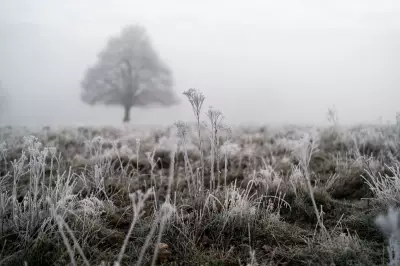
Dreaming of a picture-perfect white Christmas? The latest long-range forecast from the Met Office suggests you might be disappointed, with wet weather predicted for the south and drier conditions in the north.
What defines a white Christmas?
According to the Met Office, the official definition of a 'white Christmas' is the observation of a single snowflake falling anywhere in the UK on 25 December. This event requires official verification to count. While this technicality means that around half of the Christmases since 1960 have technically been 'white', the reality of widespread snow lying on the ground is a much rarer spectacle.
The reality of snow in December
Statistically, snowfall is more probable in January and February across most of the UK than in December. December averages fewer days of settled snow compared to the deeper winter months. In fact, since 1960, widespread snow on the ground at Christmas has only occurred four times.
The impact of a changing climate
The chances of a classic white Christmas have been generally reduced by climate change. Recent years illustrate this trend perfectly. Both 2023 and 2022 were technically white Christmases because snow was seen falling in parts of the country, but in neither year did any of it settle on the ground. The current Met Office forecast, which runs up to 23 December, makes no mention of snow, focusing instead on the predicted rain.
So, while the dream of a snowy Christmas persists in the British imagination, the meteorological data and forecasts point towards a much higher probability of a wet and green festive season for most.





